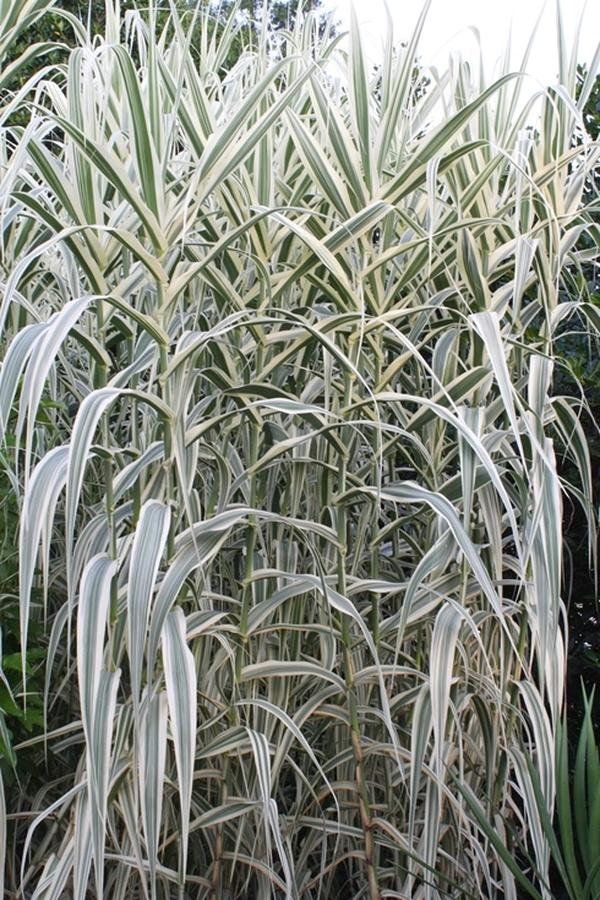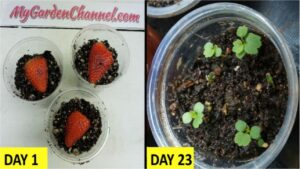Peppermint Stick Grass (scientific name: Muhlenbergia capillaris) is a beautiful ornamental grass that’s known for its unique appearance and vibrant color. It’s sometimes also called Pink Muhly Grass or Muhly Grass, though “Peppermint Stick” refers to a specific cultivar with distinctive features.
Key Features:
- Color: The Peppermint Stick Grass stands out for its pinkish-purple blooms that appear in late summer to fall. The fluffy, cloud-like flowers create a striking contrast against its green foliage, giving it a peppermint-striped effect.
- Growth Habit: It has a fountain-like, arching growth habit, reaching a height of about 3-4 feet tall (including the flowers). The grass creates a soft, airy texture in gardens.
- Foliage: The grass itself is fine-textured, and its leaves are slender and green, turning a golden-brown in the winter, which adds year-round interest.
Care Guide for Peppermint Stick Grass:
- Location and Light
- Sunlight: Peppermint Stick Grass thrives in full sun to partial shade. It produces the most vibrant blooms when given plenty of sunlight, but it can tolerate some light shade.
- Spacing: Space plants about 2-3 feet apart to allow for air circulation and proper growth.
- Soil Requirements
- Soil Type: It prefers well-drained, slightly acidic to neutral soils. It’s adaptable to many soil types, including sandy and clay soils, as long as there’s good drainage.
- Soil Fertility: Peppermint Stick Grass isn’t particularly fussy about soil fertility, but it benefits from rich, loamy soil.
- Watering
- Drought Tolerant: Once established, Peppermint Stick Grass is relatively drought-tolerant. It requires regular watering until it’s well-established but can handle dry conditions once mature.
- Avoid Overwatering: Ensure that the soil drains well to prevent root rot, as the grass doesn’t like to sit in soggy soil.
- Fertilizing
- Minimal Fertilization: Fertilize lightly once in the spring with a balanced, slow-release fertilizer. Over-fertilization can lead to excessive leaf growth at the expense of flowers.
- Pruning
- Late Winter or Early Spring: In late winter or early spring, cut back the plant to 1-2 inches above the ground to encourage fresh growth. You can also remove any dead or brown foliage to keep the plant looking tidy.
- Deadheading: Once the blooms are spent, deadheading is optional. Some gardeners prefer to leave the flowers for winter interest or for seed heads that attract birds.
- Winter Care
- Hardy Plant: Peppermint Stick Grass is a hardy plant, usually suitable for USDA hardiness zones 6-9. In colder climates, the plant may die back in winter, but the roots will survive and regenerate in spring.
- Mulching: Adding a light layer of mulch can help protect the roots in extremely cold winters.
- Pest and Disease Management
- Pests: Peppermint Stick Grass is generally resistant to pests. However, watch for any aphids or spider mites that could occasionally infest the grass.
- Disease: The grass is fairly disease-resistant, but poor drainage can lead to fungal diseases like root rot. Make sure to plant in well-drained soil to avoid this.
- Landscaping Uses
- Accent Plant: Its striking appearance makes it ideal as a specimen plant in the garden or a focal point in a border.
- Mass Planting: It also works well when planted in groups for a more dramatic effect, especially when in bloom.
- Container Planting: Peppermint Stick Grass can be grown in containers if you want a movable landscape feature.
Troubleshooting:
- Lack of Color: If the plant isn’t producing its usual vibrant blooms, it could be due to too much shade or not enough sunlight. Ensure it’s in a sunny spot.
- Leggy Growth: If the plant seems too tall or spindly, it may need pruning, or it could be a sign of over-fertilizing.
Peppermint Stick Grass is a relatively low-maintenance plant, providing beautiful color and texture in gardens, especially when in bloom.
Proudly powered by WordPress






